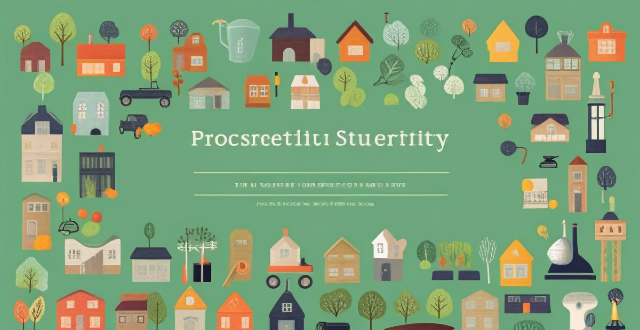This article provides examples of successful biodiversity restoration projects, including the Great Green Wall Initiative in Africa, the Mau Forest Restoration Project in Kenya, the Wolong Giant Panda Reserve Expansion in China, the Coral Reef Restoration Program in the Philippines, and the Amazon Rainforest Conservation Project. These projects aim to restore degraded ecosystems through various techniques such as reforestation, reintroduction of native species, and habitat restoration, with benefits including improved livelihoods for local communities and preservation of biodiversity hotspots.

Successful Examples of Biodiversity Restoration Projects
Biodiversity restoration projects aim to revive and conserve ecosystems that have been degraded or destroyed due to human activities. These projects involve various techniques such as reforestation, reintroduction of native species, and habitat restoration. Here are some successful examples of biodiversity restoration projects:
1. The Great Green Wall Initiative
The Great Green Wall Initiative is a pan-African project aimed at restoring degraded landscapes in the Sahel region. The initiative involves planting trees and shrubs across a 7,000 km stretch from Senegal to Djibouti. The goal is to restore degraded lands, combat desertification, and improve the livelihoods of local communities.
Key Points:
- Goal: Restore degraded lands and combat desertification
- Location: Sahel region (Senegal to Djibouti)
- Benefits: Improved livelihoods for local communities
2. The Mau Forest Restoration Project
The Mau Forest is a critical water tower in Kenya, covering an area of approximately 15,000 km². The forest has been severely degraded due to logging, agriculture, and overgrazing. The Mau Forest Restoration Project aims to restore the forest through community involvement, sustainable land use practices, and conservation efforts.
Key Points:
- Goal: Restore the Mau Forest in Kenya
- Methods: Community involvement, sustainable land use practices, and conservation efforts
- Benefits: Water conservation and improved livelihoods for local communities
3. The Wolong Giant Panda Reserve Expansion
The Wolong Giant Panda Reserve in China was established to protect the endangered giant panda and its habitat. In recent years, the reserve has expanded significantly, with additional areas being designated as protected zones. This expansion has allowed for the reintroduction of pandas into their natural habitat and increased connectivity between fragmented populations.
Key Points:
- Goal: Protect the endangered giant panda and its habitat
- Methods: Expansion of protected zones and reintroduction of pandas into their natural habitat
- Benefits: Increased connectivity between fragmented populations and improved chances of survival for the species
4. The Coral Reef Restoration Program in the Philippines
Coral reefs are essential ecosystems that provide food, shelter, and protection for marine life. However, they have been severely damaged by human activities such as overfishing, pollution, and climate change. The Coral Reef Restoration Program in the Philippines aims to restore damaged coral reefs through various methods such as coral transplantation, artificial reefs, and community engagement.
Key Points:
- Goal: Restore damaged coral reefs in the Philippines
- Methods: Coral transplantation, artificial reefs, and community engagement
- Benefits: Improved marine biodiversity and livelihoods for local fishermen
5. The Amazon Rainforest Conservation Project
The Amazon Rainforest is one of the most biodiverse regions on Earth, but it has been threatened by deforestation, mining, and other human activities. The Amazon Rainforest Conservation Project aims to protect and restore this vital ecosystem through sustainable land use practices, indigenous rights protection, and conservation efforts.
Key Points:
- Goal: Protect and restore the Amazon Rainforest
- Methods: Sustainable land use practices, indigenous rights protection, and conservation efforts
- Benefits: Preservation of one of the most biodiverse regions on Earth and improved livelihoods for local communities
In conclusion, these successful examples of biodiversity restoration projects demonstrate the importance of collaboration between governments, NGOs, communities, and individuals in achieving conservation goals. By restoring degraded ecosystems and protecting biodiversity hotspots, we can ensure a healthier planet for future generations.